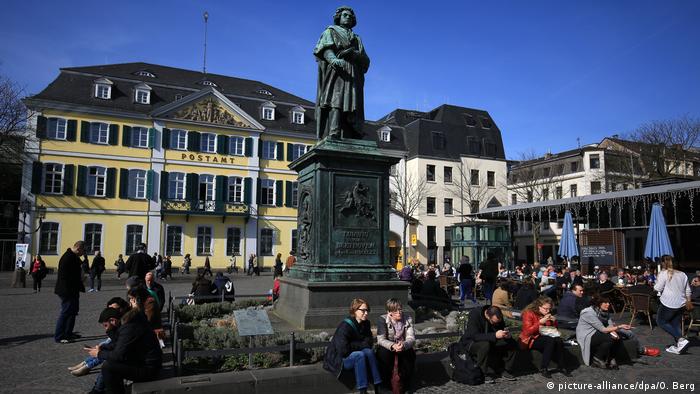ENERGY bills have risen drastically over the past year and millions of households are trying to cut back to save money.
But why are energy prices on the up and how exactly is your bill calculated? We explain all...
Energy bills have risen because of surging global gas pricesThe energy bill you get in the post or online doesn’t always do a great job of telling you what’s what.Plus it won’t explain why your bill might be higher even if your energy use stays the same this winter.
Here we run through how it all works â and help you can get if you’re struggling with the cost
How much are energy bills going up?
Energy bills increased from October 1 this year.
That because something known as the energy price guarantee came into effect.
It means bills are capped by the government at £2,500 for the typical household on dual fuel (gas and electric), until April, 2023.
But the exact amount you pay will depend on how much you use, as it’s the actual unit price that is capped.
For electricity it’s 34p per unit and 10p for gas. That means you won’t pay more than this per kWh.
But if you use more energy your bill can be higher than £2,500, as that’s just the amount for an “average”; household.
If you have a bigger house your total bill might be more, but if you have a smaller house your bill might be lower.
Before October 1 bills there was also a limit under the energy price cap, set by the regulator Ofgem.
Electricity charges were no more than 28p an 7p for gas â or £1,971.
Why are energy prices going up?
Wholesale energy prices are soaring for several reasons and supplies have come under pressure.
High demand from Asia, low supply from Russia , and a fire affecting imported French electricity have all added to the problem.
The Russian invasion of Ukraine has worsened the situation , adding more pressure on to supplies which were already squeezed due to the pandemic.
Specifically, this was due to a colder European winter in 2020 to 2021 and a relatively windless summer.
The UK also imports more than two-thirds of its gas which is subject to global price swings making prices more volatile and likely to rise.
How is my energy bill calculated?
It’s not just your gas and electricity usage you’re paying for when it comes to energy bills.
Energy bills are made up of a number of costs.
They’re not just the gas and electricity you use. They include:
- Wholesale costs â these are what you pay for the energy bought to supply your home or business.
- Network costs â these are for the gas pipes and electricity cables that carry energy across the country into your home.
- Social and environmental obligations â larger suppliers have to help pay for government energy policies.
- Other direct costs, such as meter maintenance and installations.
- Supplier operating costs and margin.
- Taxes, like VAT
These costs are covered by something known as the standing charge.
This is a flat fee per day that you pay on top of the kWh usage.
Even if you use no energy at all you still have to pay the standing charge.
How do I calculate my energy costs?
To calculate how much you pay, you will need to find out both your unit rate for gas and electricity and the standing charge for each fuel type.
The unit rate will usually be shown on your bill in p/kWh.
The standing charge is a daily charged that is paid 365 days of the year â irrespective of whether or not you use any gas or electricity.
You will then need to note down your own annual energy usage from a previous bill.
Once you have these details you can work out your gas and electricity costs seperatly.
Multiple your usage in kWh by the unit rate cost in p/kWh for the corresponding fuel type â this will give you your usage costs.
You’ll then need to multiply each standing charge by 365 and add this figure to the totals for your usage â this will then give you your annual costs.
But if this is too much maths for you, you can use an online calculator like the one offered by MoneySavingExpert.com to find out how much you’ll pay from October.
Help with energy bills
From October 1, all households have started getting a £400 energy bill discount .
The payment is being dished out by your energy supplier and will be split across six discounts on bills between October and March next year.
Households will receive a £66 energy bill discount in October and November and a discount worth £67 in December, January, February and March.
Between November and March 2023, a £300 one-off “Pensioner Cost of Living Payment”; will start being paid out to eight million households.
It will be given to those who already get the winter fuel payment â which is worth between £100 and £300 for those over state pension age.
Millions of households are in line to get the £150 Warm Home Discount between December and March 2023.
Check out more energy bill help you can claim worth as much as £3,435 a year.




